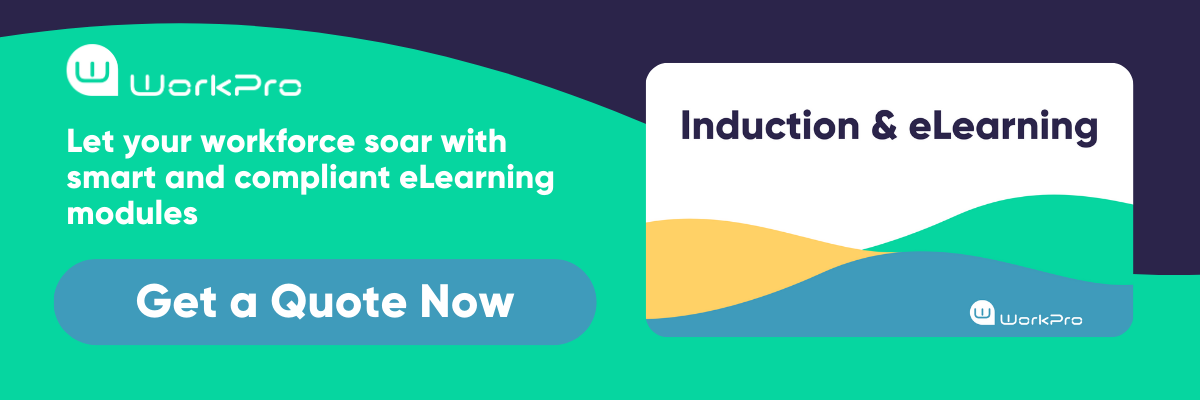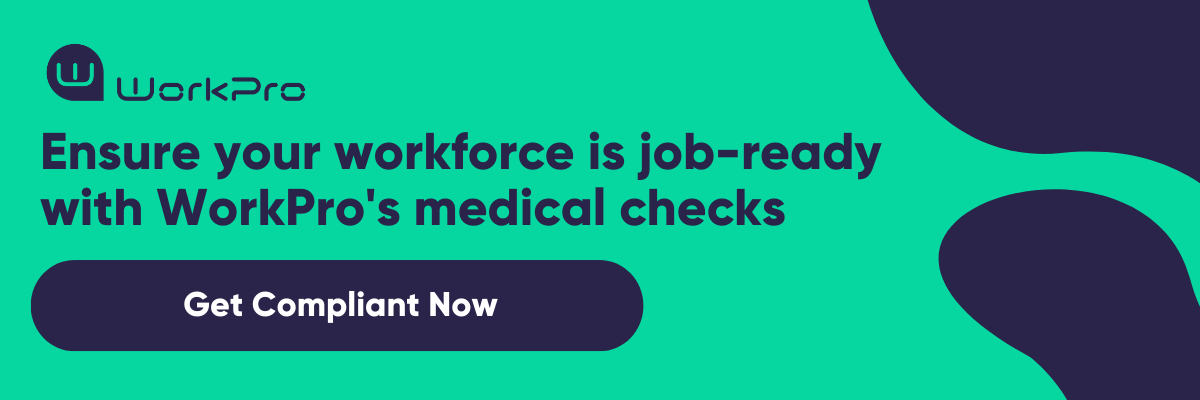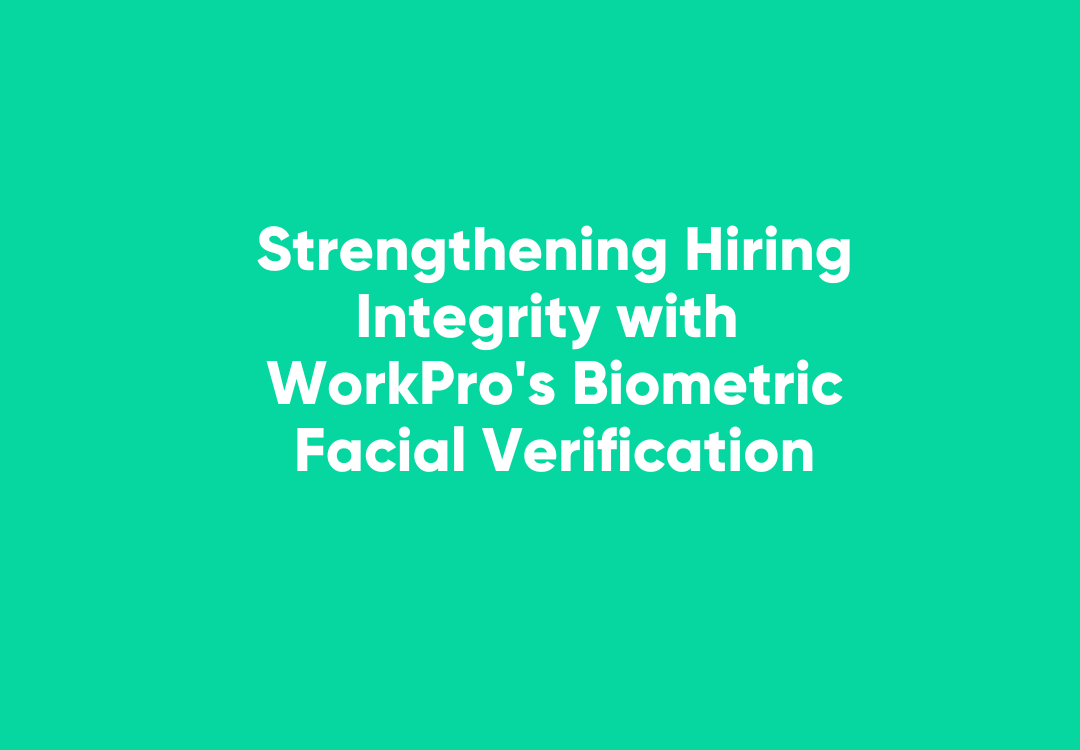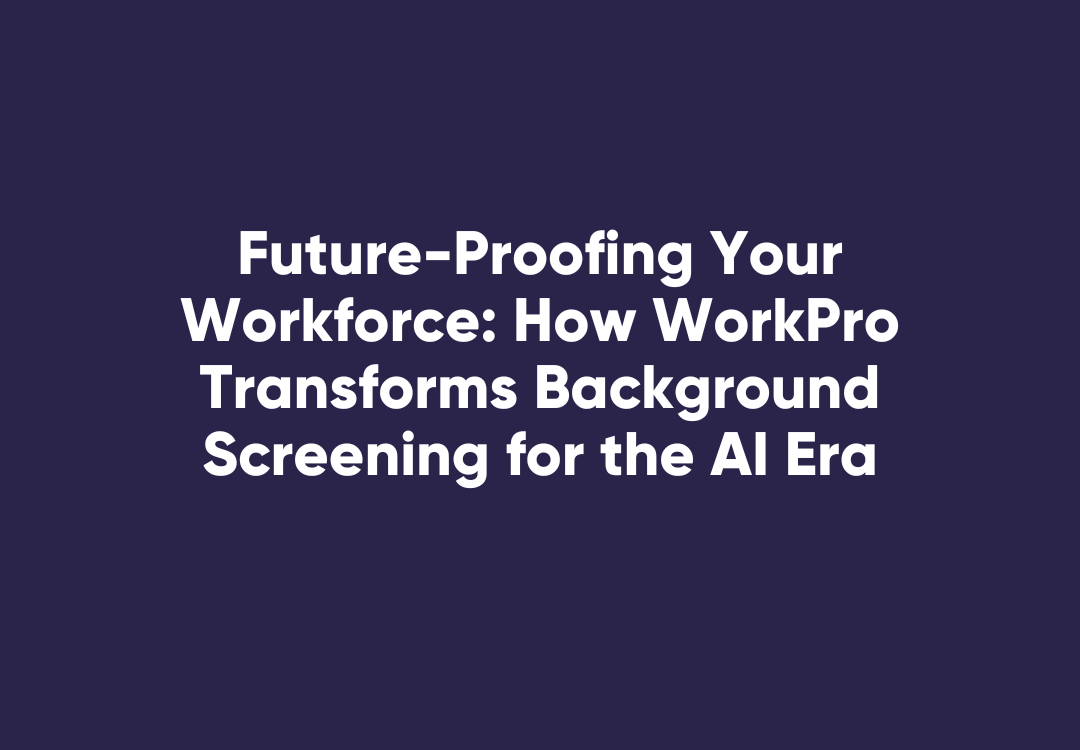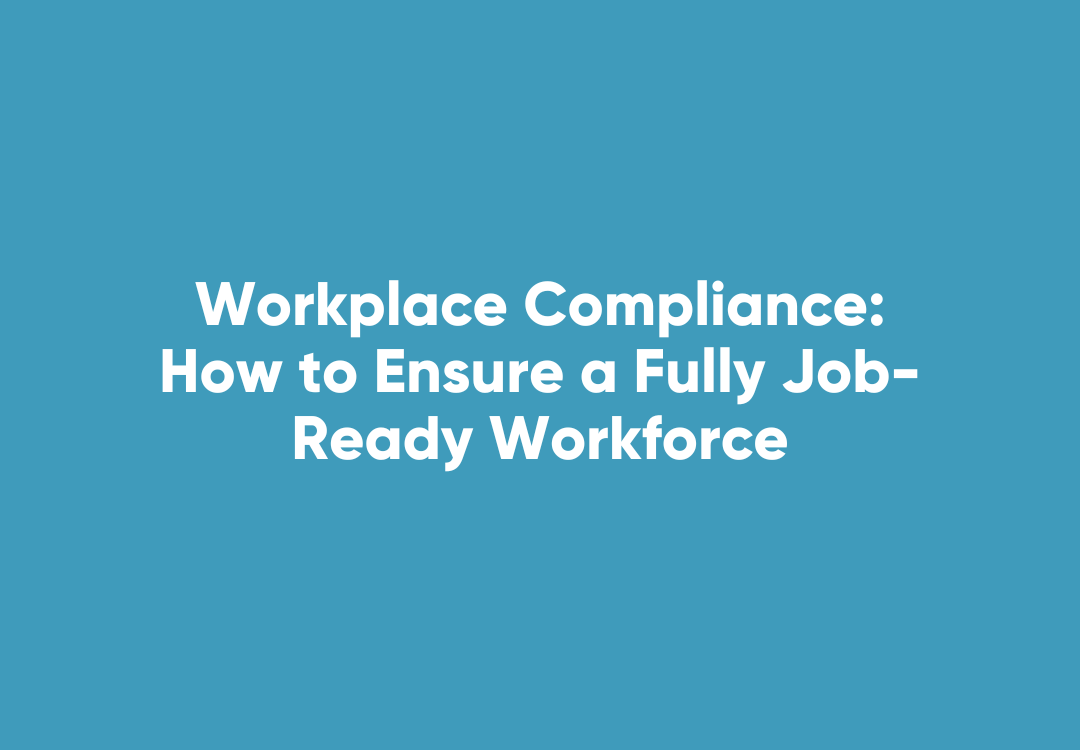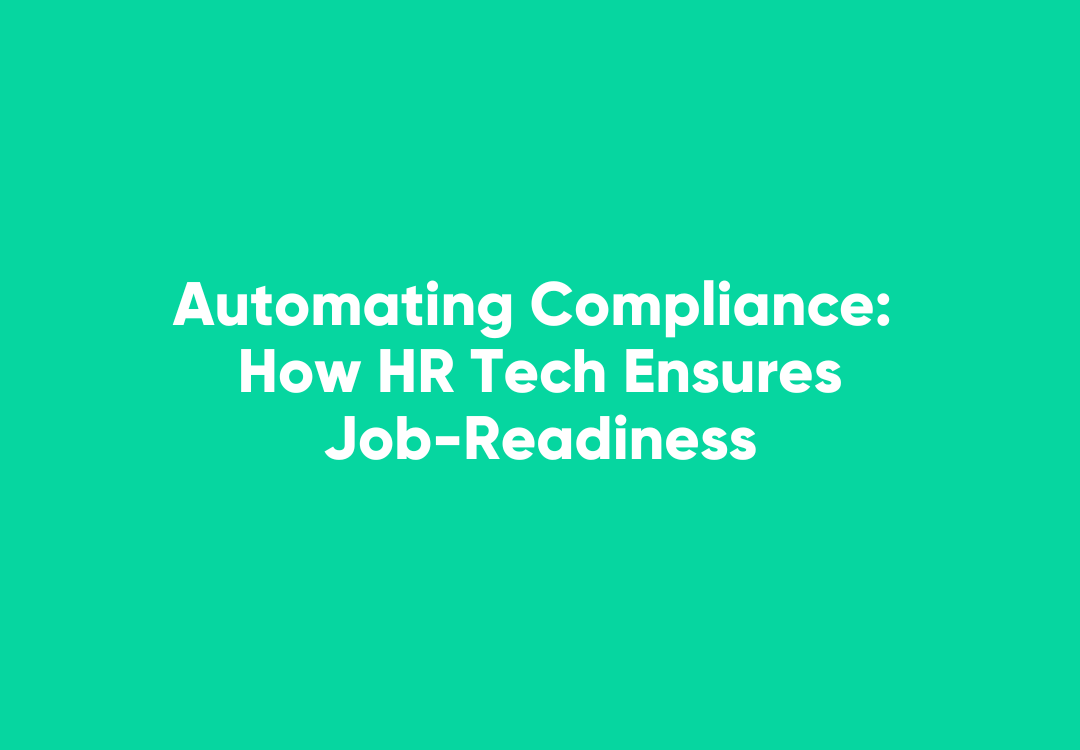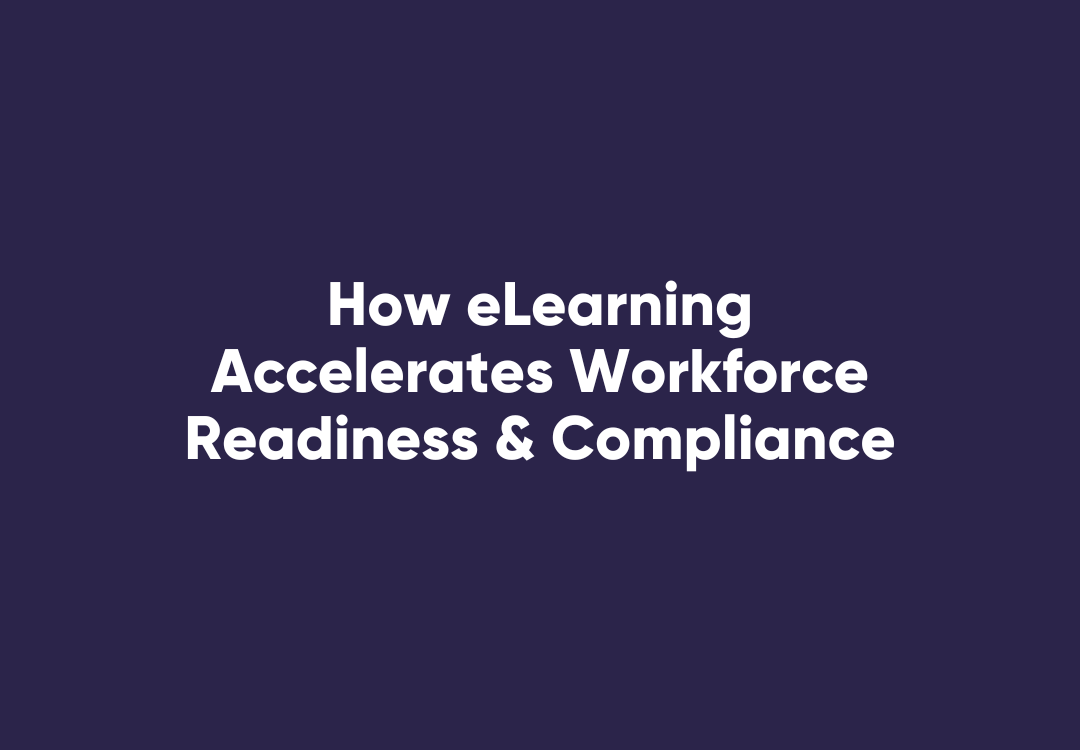Beating Out Bullying: A Three-Pronged Approach
Workplace bullying is a serious issue for Australian companies.
Not only does it harm co-worker dynamics, damage morale and interfere with productivity, it can also take a heavy toll on workers’ health and safety.
Even if you’ve never heard of a case of bullying happening within your organisation or social circle, statistics have shown the problem may be more pervasive than we think.
According to a 2013 report from Davidson Trahaire Corpsych*, as much as 40 per cent of Australian employees could be facing bullying or have undergone such harassment in the past.
Nonetheless, few cases are actually reported.
Consequently, all organisations should take steps to combat and prevent workplace bullying – even if they don’t believe they have a problem among their staff.
To do so requires a multi-faceted approach, including the following components.
1. Recruitment: Weeding out the bullies
The overall character of your workforce is shaped by each member you bring on board, which is why it’s often helpful to think about culture and personality during recruitment and hiring processes.
While you can’t always tell how people will act on the job, there are some tell-tales signs of negative tendencies.
In addition to watching for indications your candidates might be emotionally immature, manipulative, aggressive and so on, review each candidate’s history to screen for problematic behaviour and habitual issues.
You can also ask for examples about times they played jokes on co-workers or how they dealt with colleagues they didn’t like to get a sense of whether they are likely to cross the line.
2. Education: Training workers on policies and behaviour
As part of a comprehensive work health and safety training program, make sure to adequately address workplace bullying.
Beyond simply informing employees about the law and communicating your policies, you might be able to prevent some bullying just by clarifying what it is.
Sometimes, there’s a fine line between teasing and harassment or strong management and bullying.
That’s why presenting examples of unacceptable behaviour can help people on all levels recognise when actions cross the line.
3. Response: Enforcing rules and assisting victims
Finally, no matter how great your recruiting and staff induction processes are, you should have strong policies and procedures in place to deal with bullying behaviour.
Make sure workers know what their options are for reporting cases of harassment, including procedures for seeking help under the amended Fair Work Act of 2009.
Your HR department can also play a role in ensuring workers feel comfortable coming forward and showing the company’s commitment to a safe, healthy workplace.
HR professionals should act swiftly and protect employees against retribution when issues do surface.
WorkPro, a specialist in recruiting and onboarding employees, offers a free eBook on Workplace Bullying to help organisations understand and manage workplace bullying.
* Davidson Trahaire Corpsych, “Workplace bullying: an EAP perspective”.


